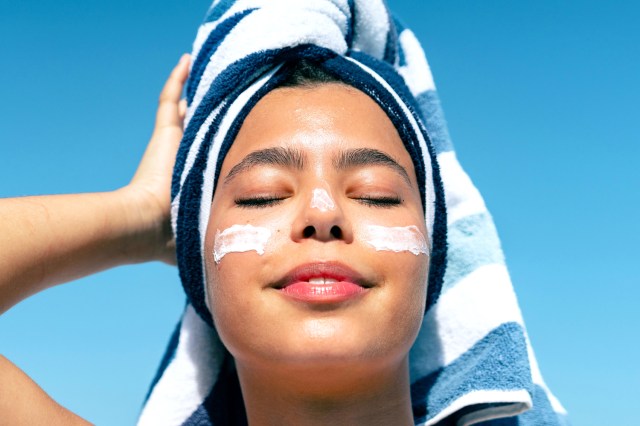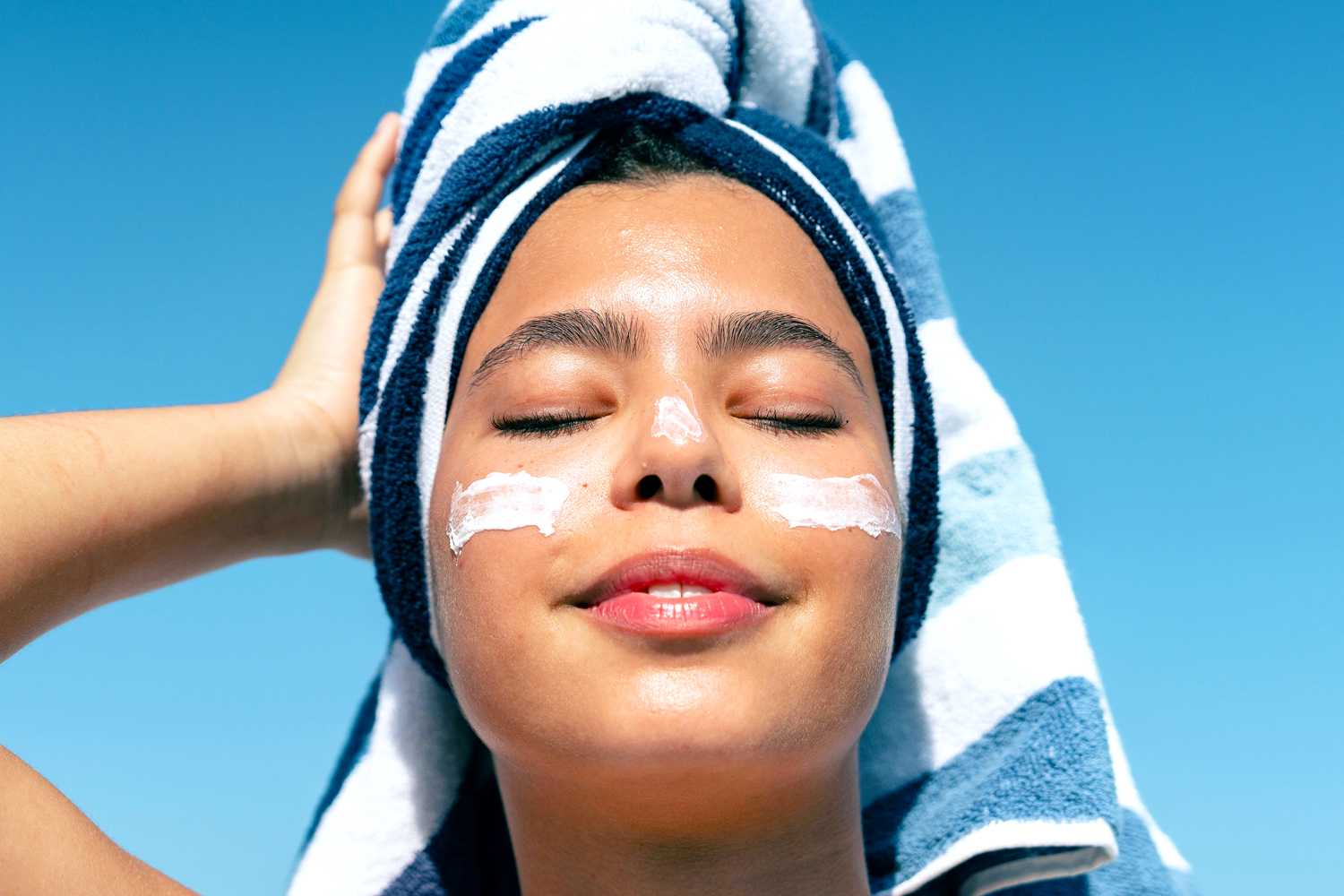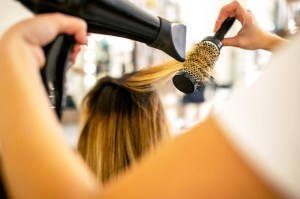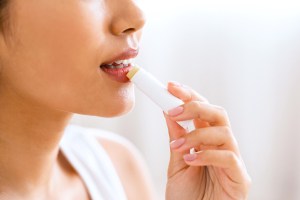Ask any dermatologist what their No. 1 piece of skin care advice is, and chances are good (excellent, even) that they’ll say, “Wear sunscreen.” Wearing sunscreen regularly not only helps prevent sunburns and skin cancer, but also can help protect your skin against photoaging — the signs of damage (such as fine lines and wrinkles) that can develop after years of sun exposure. But that’s only if you apply it properly and use the right SPF. This is where things can get murky: Some claim that SPF 30 is all you need, while others insist that the higher the SPF, the better. So what level of SPF do you actually need? We’re sharing what you need to know below.

What Is SPF?
It’s commonly believed that SPF — which stands for sun protection factor — is a measure of how long a sunscreen protects your skin. But according to the United States Food and Drug Administration (FDA), that isn’t exactly correct. Instead, SPF is a measure of how much solar radiation is required to produce a sunburn on protected skin in comparison to unprotected skin. In simpler terms, SPF tells you how much UVB radiation (or sunburn-causing radiation) a given product protects against. An SPF 30 sunscreen, per the Skin Cancer Foundation, shields against roughly 97% of UV rays. An SPF 50 sunscreen, meanwhile, protects against 98% of UV rays. And an SPF 100 sunscreen stops 99% of UVB rays from reaching your skin (when used exactly as directed). As you can see, there isn’t a huge difference between SPF 30, 50, and 100. If SPF 30 is what you have access to, wear it. (But don’t go below 30.)

What Level SPF Should You Use?
Given that a higher-SPF sunscreen provides superior protection than a lower-SPF sunscreen, it might seem logical that the best sunscreen to use would be the one with the highest SPF. But that’s not necessarily the case. Oftentimes, using, say, a sunscreen with an SPF of 100 creates a false sense of security. This may lead you to be more lax with your reapplication or spend longer in the sun because you feel you’re protected — which can ultimately lead you to getting more sun exposure than you would get normally.
As such, experts typically recommend using an SPF of anywhere between 30 and 50, depending on your skin type and what you’ll be doing. According to aesthetician and The A Method co-founder Angelia Inscoe, “For everyday activities, SPF 30 provides robust protection for most people.” If you plan to spend a lot of time in the sun, have very fair skin, or have a history of skin cancer, an SPF 50 sunscreen may be preferable.
It’s also important to keep in mind that while a higher-SPF sunscreen may provide greater protection against sunburn than a lower-SPF sunscreen, those benefits don’t last any longer. “Regardless of SPF level, remember to apply sunscreen generously 15 minutes before going out and reapply every two hours, especially if swimming or sweating,” Inscoe advises. She also recommends using “a broad-spectrum sunscreen to help shield against both UVB and UVA rays, and focus on proper application rather than solely relying on a high SPF number for protection.”

How Much Sunscreen Do You Need?
Equally as important as choosing the right sunscreen is being sure you’re applying it properly — and most people don’t. In fact, one study published in the Archives of Dermatological Research found that people use, on average, about half the amount of sunscreen they’d need to achieve the sun protection factor noted on the product label.
To protect your skin from the sun’s rays, the Skin Cancer Foundation recommends using about 1 ounce — or a shot glass’s worth — of sunscreen to cover your face and your body (and this goes for every application). Your face alone should get about a half teaspoon, or a nickel-sized dollop. Reapply your sunscreen at least every two hours, and try to seek shade at midday when the sun’s rays are the strongest.
This article is for general informational purposes only.
Affiliate Disclaimer Medical Disclaimer












 Unique Beauty is free for all users.
Unique Beauty is free for all users.